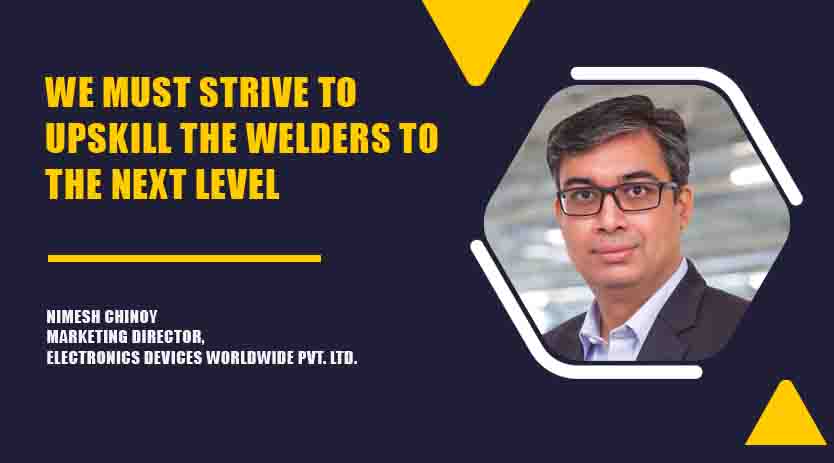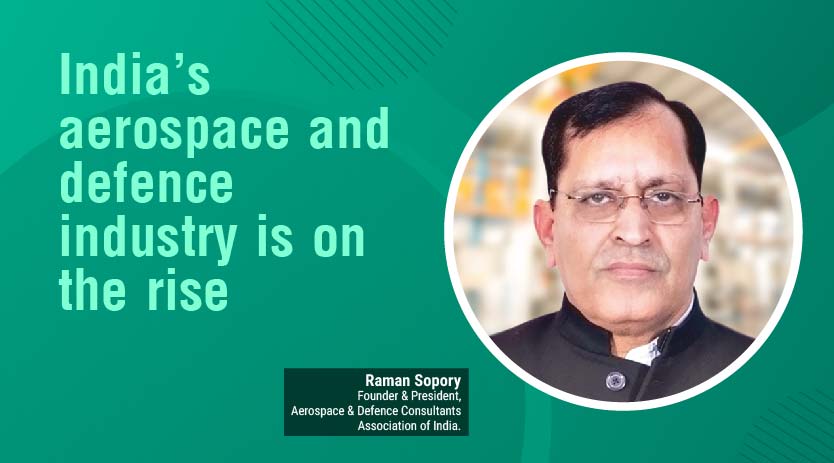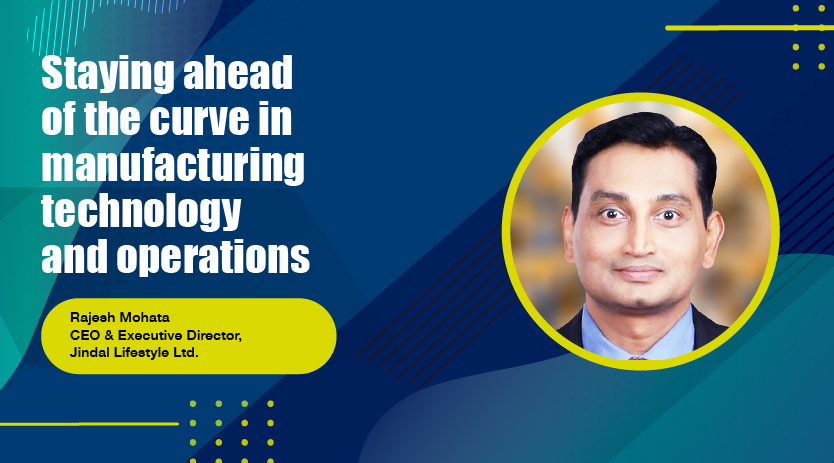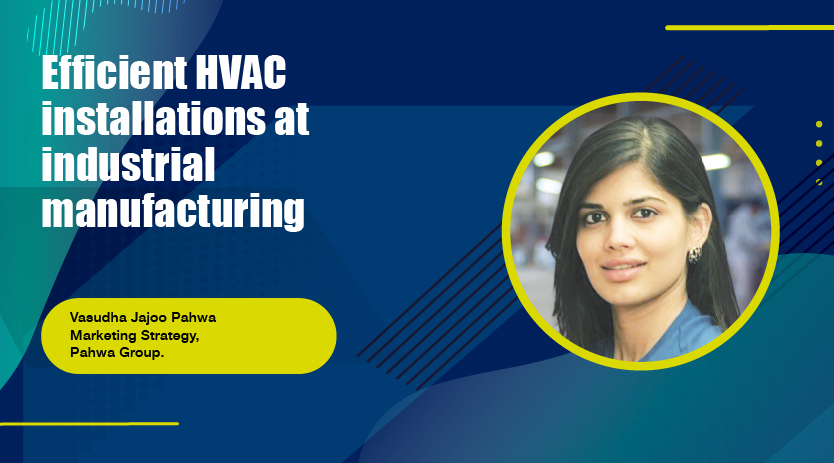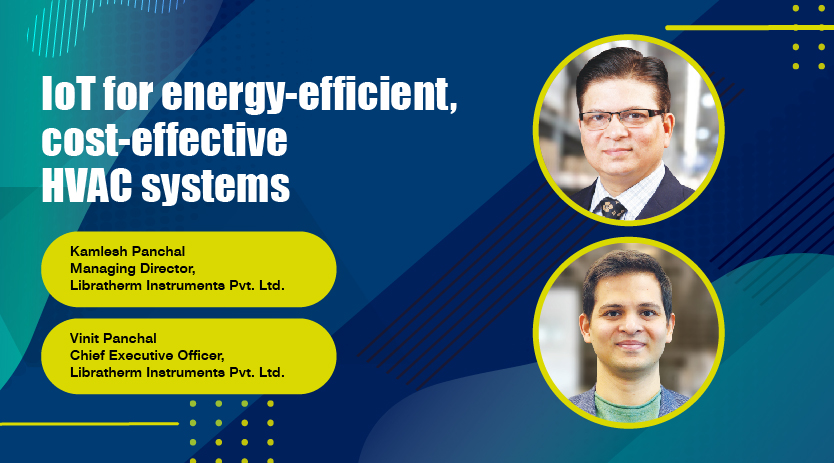We must strive to upskill the welders to the next level
September 2, 2022 5:00 pm
About the revolutionising joining materials, Nimesh Chinoy, Marketing Director, Electronics Devices Worldwide Pvt. Ltd., says that TIG welding is the most suitable and convenient process.
Aerospace industry impacting the welding business
Aerospace is a fast-growing industry in India, and a lot of work is happening. Joining exotic materials in the aerospace industry is a highly skilled process. The TIG welding process is the most suitable and convenient because of its sound weldability. A high alloy containing materials like Cobalt, Nickel base alloys requires higher heat to penetrate. Alloys like Aluminium require a cleaning mechanism with heat. To achieve all these requirements with the fusion process, only TIG Welding is the solution. The quality of the joint is vital due to fewer safety facets; rework is not permissible in most critical assemblies. Joint has to evaluate with stringent Destructive and Non-Destructive Tests. Improvement in welding productivity with higher deposition rates is required with the time and continuous improvement in the joining process happening daily.
Automated processes and robotic welding
Wherever the parts have intricate designs and often minimal robotic components, automated welding may not be suitable. Robots can help in certain use cases, but complete automated welding may take more time.
Awareness of automation in welding involving skilled workers
It is essential to understand why we want to Automate the process, be it speed, quality, repeatability or cost. Although we feel that the skilled welder is being replaced, we must strive to upskill the welder to become an automation operator. To operate the systems well, the operator would still need to understand the welders’ point of view. Workers must be confident that the systems can help them produce better and faster without physical effort. The automation systems, if they can learn to operate, will help increase their productivity and upskill themselves.
Cobots in welding and cutting processes
Cobots can have specific applications for smaller component manufacturing. Teaching is quicker and more accessible; it can help the welders teach the Cobot quickly and get productivity through.
Latest developments in welding process automation
SMAW, SAW, MIG, and FCAW welding have replaced TIG Welding in many sectors like heavy engineering, automobile, etc. There are limitations to adopting many of the processes for aerospace materials due to sound weldability requirements—other joining methods developed like Electron Beam welding, Laser Beam welding, and additive manufacturing. Still, conventional day-to-day work they are not feasible and have practical limitations. It is always challenging to speed up the TIG process.
Few developments have been done in converting the process from Manual to auto TIG, introducing hot wire feeding that increases productivity. Still, minimum heat input is not achieved with these improvements. SWAT – Sigma Weld Accelerated TIG, a keyhole TIG welding, is a developing process which generates concentrated arcs on the weld pool. This resulted in more profound, shallow penetration. With sufficient trials, it has been proved that with this process, penetration of 8mm in SS material, 7mm in difficult penetrating materials like Cobalt, Nickel alloy is possible without joint preparation (Welding is possible in square butt joints with 0mm root gap) in a single pass with a higher Travel Speed ranging from 400 mm/ min to 1000 mm/ min, depending upon the material thickness. This is improving production drastically and quality, which is the prime requirement for aerospace material, which is also improved by reducing heat input, directly impacting controlled distortion, shrinkage and weld discontinuities. After trials, Non-Destructive (LPT, RT as per ASME) and Destructive Mechanical (Tensile, Bend, Impact) and Metallurgical (Micro, Macro, IGC, etc.) testing of these materials are carried out, and values are met as per the specification.
Cookie Consent
We use cookies to personalize your experience. By continuing to visit this website you agree to our Terms & Conditions, Privacy Policy and Cookie Policy.



